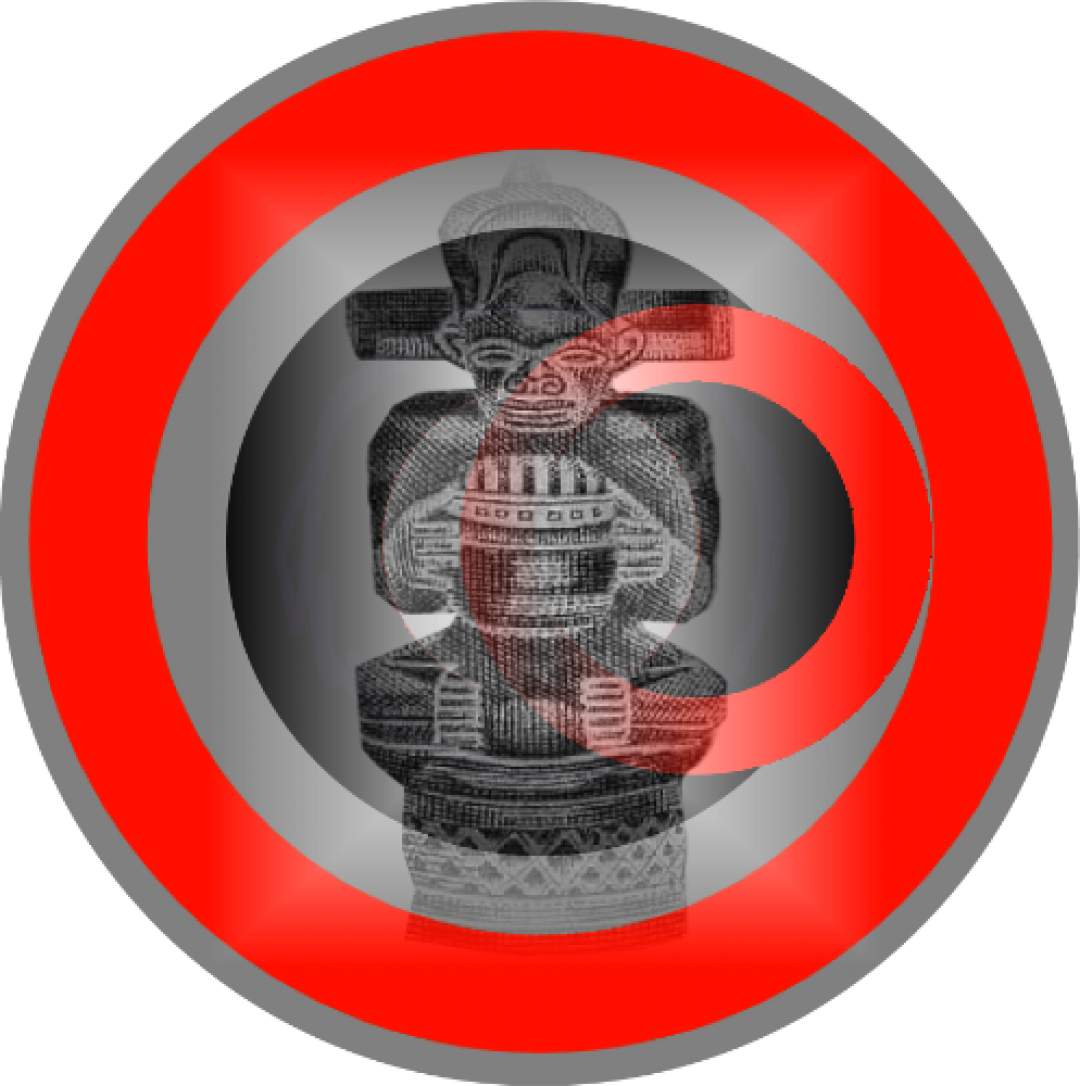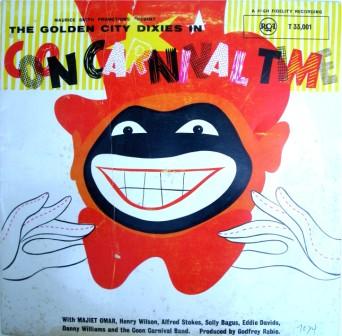Happy New Year 2018! And what better way to celebrate the New Year with some classic Cape Comic Songs of The Cape Town Street Parade then and now…
![cape town street parade 3 ***The Cape Town Minstrel Carnival is a long running New Year tradition in the Colored Community of South Africa. Unknown when it actually started, it is rumored to have begun when a group of African-American minstrels docked in Cape Town in the late 1800s then entertained sailors with their spontaneous musical performances. The modern day Carnival started in Cape Town's District Six, an area that is best known for the forced removed of over 60,000 residents during the 1970's apartheid regime. Since the beginning, every January 2nd the self proclaimed 'Coons' parade the streets of Cape Town with marching bands, songs, and dancers all in bright colorful outfits. These troupes then compete over the month in categories ranging from best band performance to best solo song to best outfit. Farouk Jacob of the Ken Fac troop explains, "The carnival is very important to us [because the second new year is a time when we forget our problems]. We forget about what else we all have, we forget about things happening in your home, we all joining in and have fun, we don't want to think about any of our problems. After February then we start thinking about our problems again. Thats why [for us, its actually the time when we all come together]. Its the time when we all experience the same feeling, this is the time when we come and we have this joyous feeling in our hearts and want to share and give to people." Photos: Charlie Shoemaker***](https://soulsafari.files.wordpress.com/2017/12/cape-town-street-parade-3.jpg?w=352&resize=352%2C235&h=235#038;h=235)
Gabriel Bayman croaks Cape comic songs
Backed by Ballie & his Bolle
RCA 32-248 South Africa

Over the years the Coloured people of the Cape Peninsula have developed a musical sound of their own, which is as much part of the Cape’s heritage as it’s sparkling white beaches and autumn-hued vinyeards. Drifting on the evening air the plink-a-plonk of banjos and guitars and almost brazen sound of saxophones pour from labourers cottages on the farms of Constantia or from the warren-like, sprawling slum of District Six; from shanties tucked amid the Port Jackson Willows and sand dunes of the Cape Flats or the neatly terraced fisherman’s cottages of Hout Bay comes the sound of the Cape Carnival Beat.
And with the advent of the New Year all the joy and some of the sadness of the people whips though the streets of Cape Town in a kaleidoscope of coloured silks and beaming faces during the Carnival.
The songs which they sing –many of them wreathed in passed history, others reflecting history being made today- and the music which they make are as distinctively part of the Peninsula as the heavy white clouds hanging over Table Mountain –the so-called Table Cloth.
Gabriel Bayman is well known as broadcaster and for his characterisations of the Cape Coloured Folk whom he knows so well.
Though he did occasional stage work, including Waiting for Godot (1959) for the National Theatre Organisation (NTO), The Amorous Prawn (1961) at the Alexander Theatre, The Physicists (1963) for the Langford-Inglis Company, A Flea in Her Ear (1968) for the Johannesburg Repertory Players and Canterbury Tales (musical) (1970-71) at the Civic Theatre in Johannesburg, radio listeners were frequently exposed to his voice, even though they did not always realise that it was him. Amongst the programmes in which he featured were 33 Half Moon Street, written first by Adrian Steed and then by Douglas Laws (1965-66), General Motors on Safari, produced by Michael McCabe (1965-69), Squad Cars, directed by David Gooden (1968-85), Eloquent Silence (1969) produced by Cecil Jubber and The Challenge of Space, with Donald Monat (1969-70).
And Bayman starred in a few locally produced movies as well; “The Cape Town Affair” is his best known, a 1967 glamorized spy film produced by 20th Century Fox at Killarney Film Studios in South Africa.
Commentators describe the film as dull, slow-paced, poorly acted and tedious. The film does, however, paint an interesting picture of life in South Africa under apartheid as seen from the point of view of official government policy. All the leading characters are white and even street scenes contain few non-whites.
He also brought out a number of long-playing records, including Die Stories van Oompie Boetie Baradien, Kindersprokies Oorvertel and Gabriel Bayman Croaks Cape Comic Songs. (FO)
Source; ESAT Gabriel Bayman

The origins of many of the ‘moppies’and ‘goemaliedjies’which you will hear are often obscured by time. In the late 1940’s one of the main hit numbers of the year was the song “Mona Lisa”, which blared from juke-boxes and radios throughout the country. The Coloureds took it to their hearts and developed it into a song along their own particular-and sometimes peculiar lines. Every year the winning troupe of the Carnival sings a particular song on its way back to District Six as it marches along Somerset Road. Invariably it is an adaption of the ‘hit of the year’and in this instance ‘Mona Lisa’ was the song. Naturally the words and even the theme was altered, and it ended up as a bawdry, frivolous street song which caught the enthousiasm of everyone who heard it.
Gabriel Bayman -So Lank As Die Rietjie In Die Water Le
Gabriel Bayman -Ry Hom Boetie Ry Hom
Perhaps the most delightful of all the lyrics on this record is ‘Ry hom, boetie ry hom….’ A racing song if ever there was one! In the old days, when races were run on the Green Point Common this is a song that certainly was sung. A lady visitor from Britain wrote in the 1860s “how curious it is to see one of our elegant English jockeys being beaten to the post by a wizened little Hottentot”. One can only imagine that the ‘wizened little’ jockey concerned was egged on to the winning post with this cry.
For any South African, English or Afrikaans speaking, this record is a real party piece, guaranteed to set feet tapping and partners twirling to the ending, the traditional farewell, “Baiei Terima Kassie”, “Maak Vir Julle Klaar Om Nou Huistoe te Gaan” want Tante Fiena draai, tot die eerste hoender kraai.
Liner notes by Peter Schirmer






















